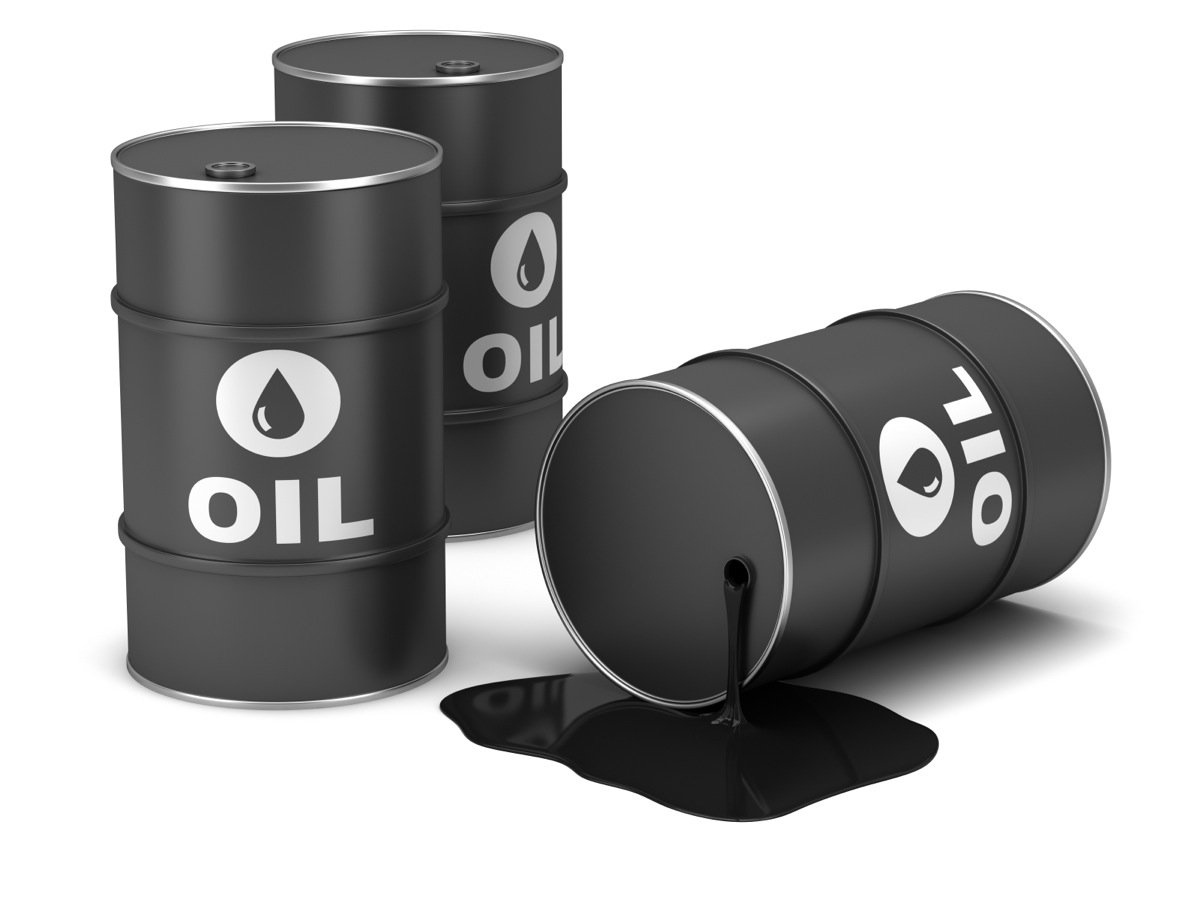
Oil prices have surged after oil producing countries that are not Opec members agreed to cut output.
Brent crude jumped to $57.89 a barrel – the highest since July 2015 – before falling back to $56.55, although that was still a gain of 4.1% on the day.
On Saturday, non-Opec countries agreed to cut their output by 558,000 barrels a day in a deal designed to reduce oversupply and boost prices.
Opec announced last month that it would be cutting its own production.
The Organization of Petroleum Exporting Countries (Opec) committed to halting the supply of 1.2 million barrels a day, starting from January.
The new deal is the first global pact in 15 years.
“We have seen Opec and non-Opec producers agreeing, which is boosting reflation expectations around the world,” said Chris Weston, an institutional dealer with IG Markets.
Saudi Arabia has also signalled it could cut its output more than first suggested – something that could further lift prices.
But some expressed doubts about the deal’s long-term chances of success.
At the edges
Thomas Moore, investment director at Standard Life Investments, told BBC Radio 5 live: “You will see the oil price jump this morning – that’s understandable – but I think you need to put it in context.
“This is a cut of 550,000 barrels a day, and of course we have had about a million off Opec’s production.
“But if you think about overall world production, Opec’s producing 33 million barrels per day, so those numbers of 1.5 million are good, but they are not that good.
“And Opec accounts for only about 40% of world crude production, so yes, there’s a day-one impact, but I think it’s at the edges here.”
Those taking part in Saturday’s deal included Russia – which will provide the lion’s share of the cut – as well as Mexico and Bahrain among others.
It comes after more than two years of depressed oil prices, which have more than halved since 2014 due to a supply glut on the market.
Source: BBC
























